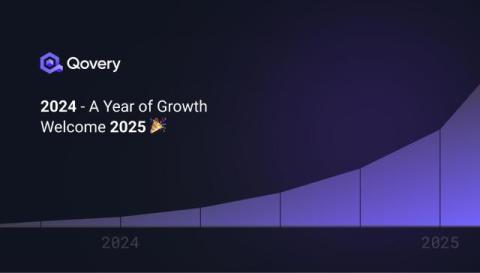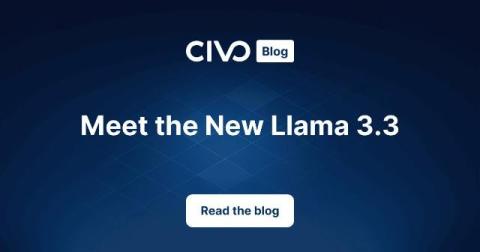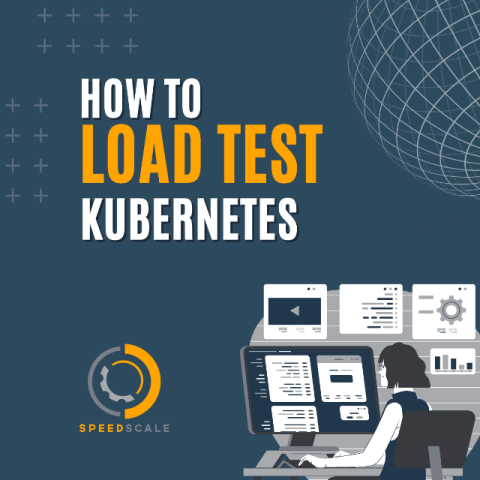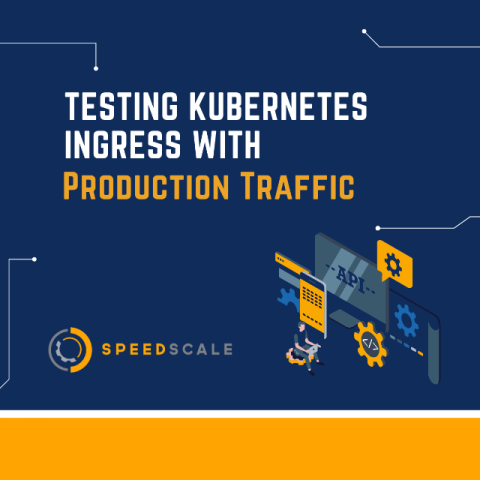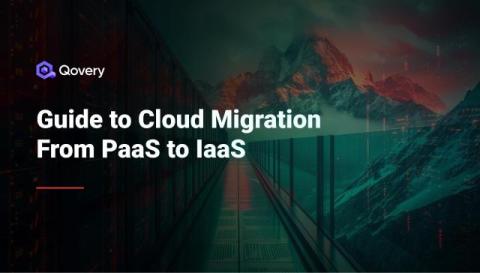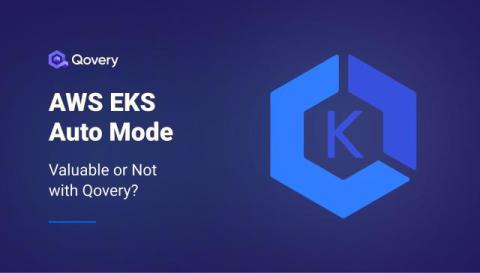What does OOMKilled mean and how do I prevent it?
When creating production-level applications, enterprises want to ensure the high availability of services. This often results in a lengthy development process that requires extensive testing for the applications or a new release. This involves testing the behavior of the application under load, measuring the performance metrics, and accounting for the resource consumption. All this is done to ensure that the application does not behave unexpectedly when being used by clients.



